When Gregg Treinish set out to hike the length of the Andes Mountains at age 24, there was a lot he didn’t know. For starters, he didn’t realize he and his hiking partner, Deia Schlosberg, would be the first to do it. Or that their 22-month, 7,800-mile trek would gain them international recognition.
He also had no idea what he would do next — but he sure had a lot of time to think about it.
Treinish eventually decided to combine his love of outdoor adventuring with his desire to make a positive impact on the world. The result is the nonprofit Adventure Scientists, which he founded in 2011.
The organization enlists the skills of adventurers, who often travel to remote or hard-to-reach places, to gather data for scientific studies focused on solving environmental challenges. In the past decade Adventure Scientists has helped collect information on pikas, pine martens, plastics and more.
I believed that there were more people like me who wanted to make a difference if given an easy opportunity to do that.
We spoke to Treinish about combining passion and impact, why this work can be a catalyst for big life changes, and what exciting projects are coming up for him next.
TH: How did you start adventuring?
GT: I grew up in Cleveland in the suburbs and didn’t spend a lot of time hiking or backpacking. My parents aren’t outdoors people. But when I was 16, I went on a backpacking trip in British Columbia and just fell in love with the mountains and with traveling in that way. Then I went to college in Colorado and started being in the outdoors a lot more.
I decided to hike the Appalachian Trail in 2004. I really was passionate about being outdoors, but I felt selfish on that trip for not doing anything beneficial. After that I went and worked in wilderness therapy for a while, taking kids out who were struggling. That furthered my experience and skills in the backcountry.
Then [Deia Schlosberg] and I set out on this journey to trek the Andes, not knowing we would be the first to do it. I thought hundreds of people would’ve done it or would be doing it. We just kind of settled on South America after looking around the world at different long trails.
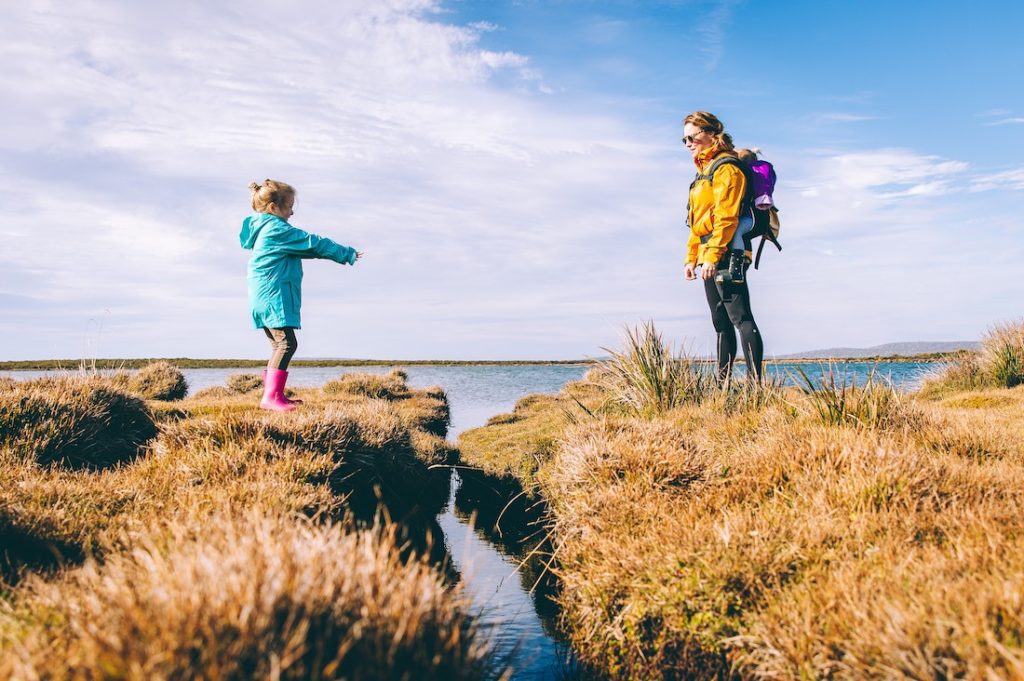
There wasn’t actually a long trail in South America, but it was clear that we could link stuff together. So we did. We were blogging and posting about it as we went. We had a few sponsors, and somewhere along the way people started following along. We got some magazine articles and wrote some articles. Then National Geographic saw us present in a parking lot after we were done and named us Adventurers of the Year. That opened up every opportunity in the world for us.
When did you combine that passion with the idea of having scientific impact?
One of the things that I love most about long-distance trekking adventures is that it’s just endless hours to think. It’s really a mind game to do expeditions like that. For me it was “What’s next?” and “What am I going to do with my life?” The same questions that we all ask ourselves, but while trekking the Andes, I actually had a lot of time to figure that out and think about it.
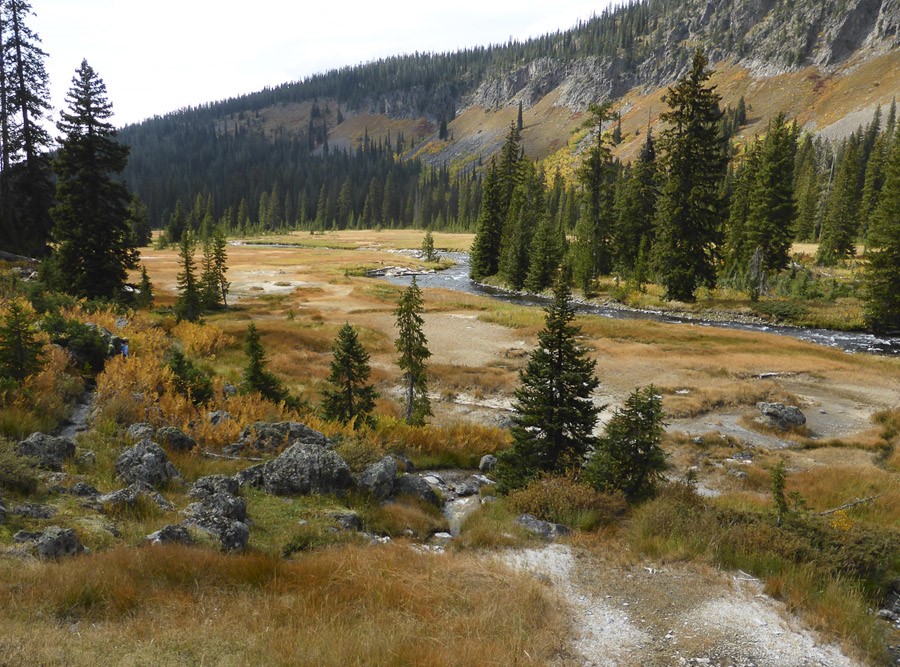
When I was finished, I really wanted to study animal behavior and learn how to help species survive and thrive. Lions was where I was focused. There’s a guy here in Bozeman named Scott Creel who studies predator-prey interactions in Africa and applies the carnivore-prey relationships that he learns about there to this ecosystem, because there are a lot of corollaries.
I called him up and said, “Hey I’m in Patagonia, I just finished walking here from Ecuador. Can I come study with you?” And he was like, “Of course.”
[Deia] was also interested in a film program here. So we moved to Bozeman. I got an undergraduate degree in wildlife ecology and then before I ever made it to Africa with him, I got a job tracking lynx, wolverines and grizzly bears here.
This incredible guy named Steve Gammon taught me how to track, taught me what I was looking for. It’s not rocket science to do it, so we started engaging the public. We would hold these weekend retreats and have people come out and learn how to track with us.
Once we had a reported sighting, I would go and find the tracks and collect DNA. I also had other tech jobs where I worked in California with spotted owls. I worked on the Fort Peck Reservoir on the Missouri River studying pallid sturgeon.
It was awesome. I loved being out there, using my outdoor skills and actually helping — feeling like I was making a difference. I believed that there were more people like me who wanted to make a difference if given an easy opportunity to do that. And then there were also a lot of scientists who needed data. So I combined the two.
Every project we do is designed in partnership with a scientist or multiple. It’s them saying, “We need these data to solve this problem or to address this issue.” We couldn’t do this work without incredible scientists who are trying to solve really big issues.
What kind of projects has Adventure Scientists done?
Early on we did white-tailed ptarmigan studies. We did a pika study, which led to a big publication in Nature. Somewhere around 2014 or 2015 we transitioned to doing much less but much deeper work.
Since then we’ve worked on restoring pine martens to the Olympic National Forest with Betsy Howell of the Forest Service. We’ve partnered with Harvard Medical School to collect scat samples from more than 100 countries that were then used to help narrow the search for the genes that are responsible for antibiotic resistance in enterococci bacteria, which have applications for other bacteria. We have collected the largest data set in the world for microplastics with Abby Barrows.
Currently we’re working with the Forest Service to collect chemical and genetic reference libraries across species of trees. Those are being used by the Department of Justice to prosecute timber theft.
It’s been a very wide swath of projects. I’d say the commonality between them is three things: Is there a big environmental issue that is data-limited? Is there a pathway from collecting data to doing something about the issue? And is there a clear need for involvement from the outdoor community?
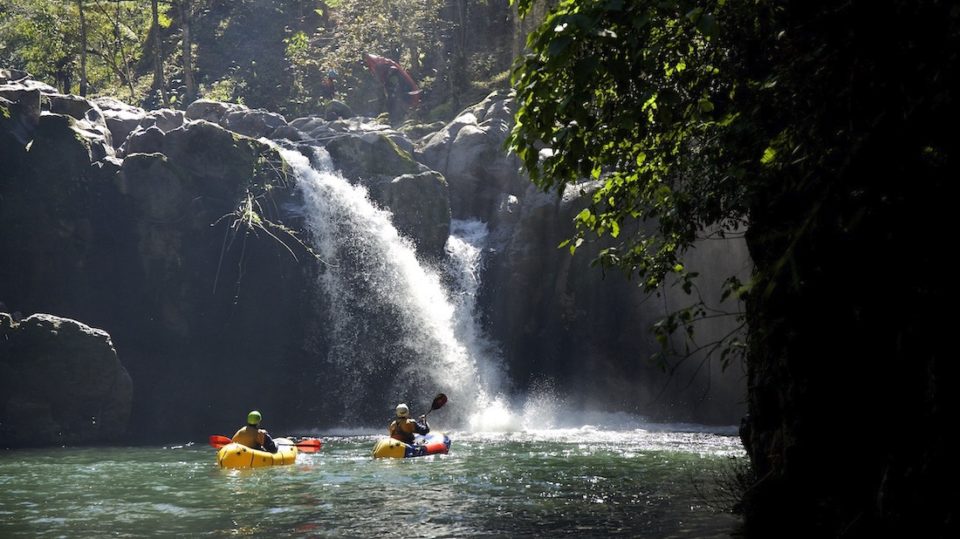
What motivates the adventures that volunteer?
Every volunteer probably has a little bit different motivation, but I think in general it’s that we are so lucky to get to play in the outdoors. We’re so fortunate to even have the ability, let alone the resources and the time to do it. So how can I give back? There are so many different types of volunteerism, but I think what’s really cool about this is that you’re uniting passion with giving back. I think that really resonates with people.
We’ve had volunteers who have said that this has been the catalyst to get them to wake up to these issues, to dedicate their lives to them, to pursue careers in conservation. People have gone on to get graduate degrees. Others have started their own nonprofits focused on the issue that they’ve worked on.
I think the other big thing is that many of our projects really require a focus on the environment, like looking for a particular species of bird. Once you learn how to look at the environment in that way, that never goes away. The people who I used to take out tracking would say this, and the people who are keying in on specific species of trees say that every time you walk through a forest, from that point on, you have a different set of eyes.
I’m sure somebody has come up with a name for this, but it’s like, you’re walking along and you see this one purple flower you hadn’t noticed before. It’s so beautiful and you look at it, try to ID it, but then you pick your head and realize they’re growing all around you. That’s the kind of thing that happens. [Our volunteers] start to see the forest by actually tuning in with a different lens. That’s a catalyzing experience for them.
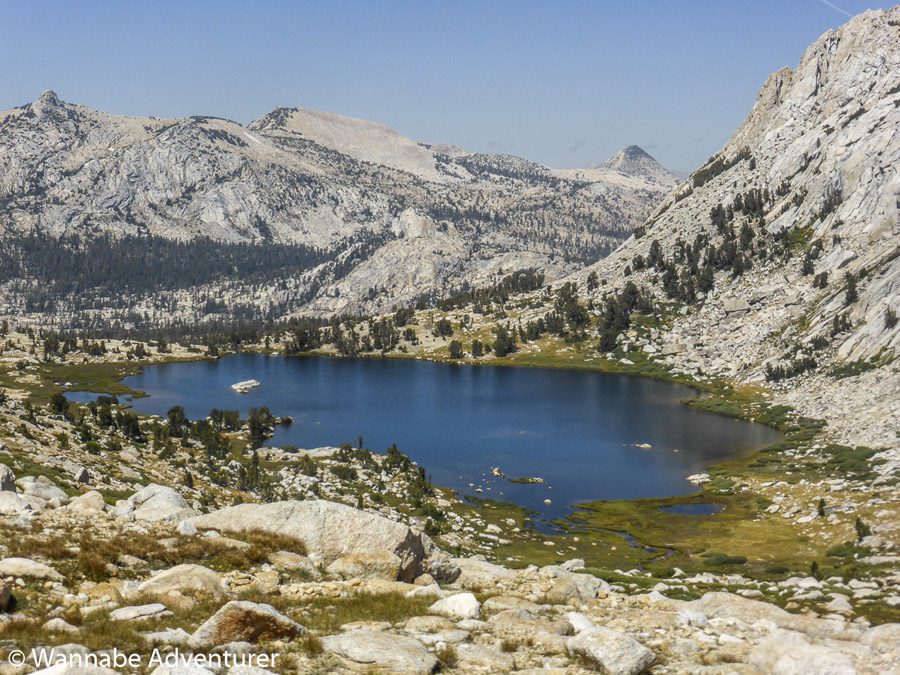
What’s next?
As far as specific issues, we’re working on a really exciting survey of Wild and Scenic Rivers with three federal agencies and over 40 state agencies that will benefit from the data. That project I hope will continue long into the future. We also have work coming up with forests, climate change and biodiversity.
We are also going to be expanding internationally. We were very international initially, but as we focused on more in-depth work a lot of our projects became North America-focused. But we have a lot of experience and knowledge to gain working internationally, and that’s going to be a big focus for us in our next round of growth as an organization.
I’m really excited about that for two reasons.
One is that the promise of this organization has always been international, and I’ve built it believing that we will always be global. And I’d like to make that true.
The second is that the issues we’re working on are international. Illegal forestry, for example. I think 1% of illegal forestry happens in the United States and the rest happens all around the world. And that’s true with climate change issues. In the Global South, people are disproportionately affected by these issues.
We want to be where we’re needed most. We want to be where we can have the most impact.
This piece first appeared in The Revelator and is republished here with permission.
Source: advanture-journal

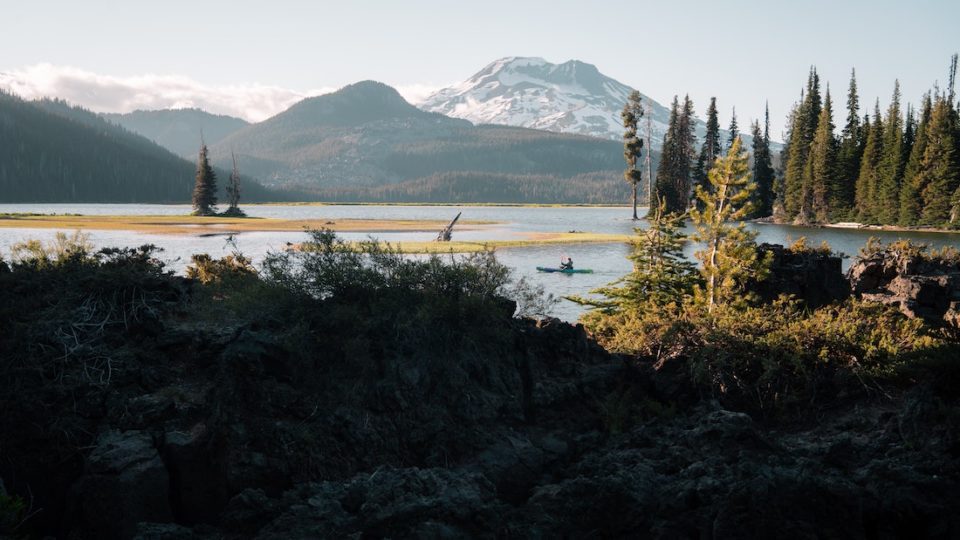
1 comment
Howdy! This post couldn’t be written any better! Reading this post reminds me of my old room mate! He always kept talking about this. I will forward this write-up to him. Pretty sure he will have a good read. Thank you for sharing!